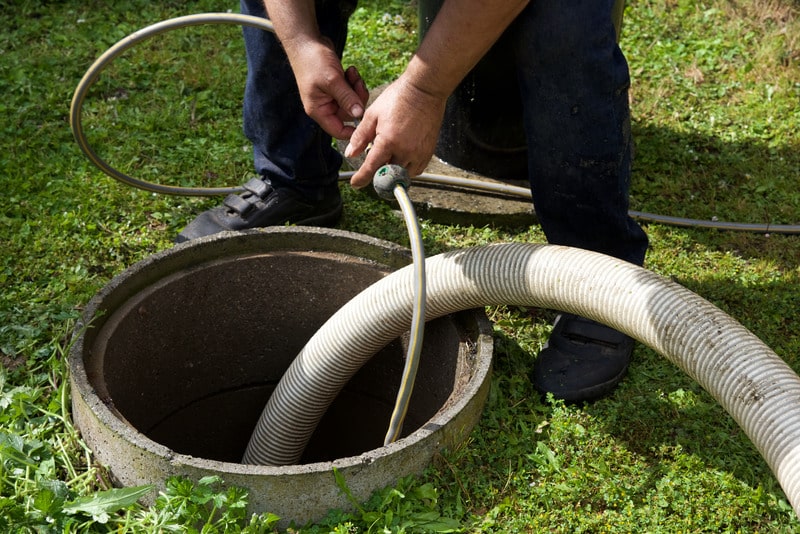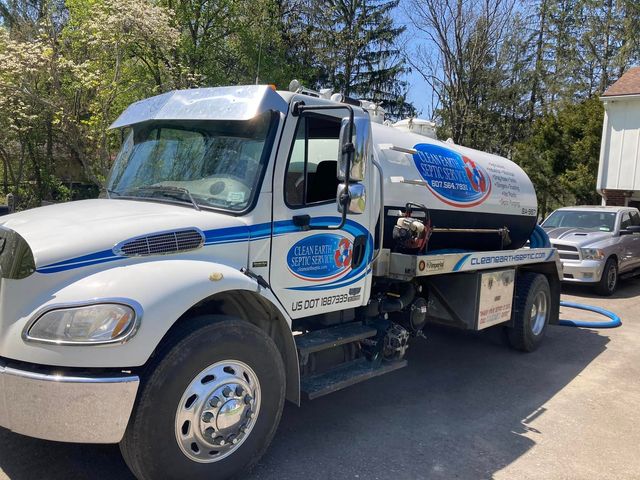The Ultimate Guide To Stillwell Septic And Grading
The Ultimate Guide To Stillwell Septic And Grading
Blog Article
An Unbiased View of Stillwell Septic And Grading
Table of ContentsThe Only Guide to Stillwell Septic And GradingThe Main Principles Of Stillwell Septic And Grading The Of Stillwell Septic And Grading4 Easy Facts About Stillwell Septic And Grading DescribedThe Single Strategy To Use For Stillwell Septic And GradingGetting My Stillwell Septic And Grading To WorkEverything about Stillwell Septic And Grading

House owners must additionally enlighten themselves on the essentials of septic systems to guarantee they make educated decisions throughout the setup process - Septic Tank Pumping. Septic tanks are an important component of lots of homes that are not connected to a local drain system. They are developed to treat and throw away home wastewater on-site
The septic tank is a large, underground container made of concrete, fiberglass, or plastic. The tank separates the solid waste from the fluid waste.
Fascination About Stillwell Septic And Grading
It is also vital to conserve water and prevent overloading the system. Easy steps such as repairing leaking taps and bathrooms, installing low-flow showerheads and bathrooms, and spreading out washing lots can help lower water use and prolong the life of the septic system.
The topography of the site is likewise reviewed to make sure that the septic tank is mounted at the proper elevation. https://www.openstreetmap.org/user/stillwellsag. The system needs to be installed at a higher altitude than the bordering location to stop contamination of the surrounding environment. Problems are the minimum distances called for by law between the septic system and various other structures or attributes such as wells, structures, and building lines
The elevations will guarantee that the septic system functions correctly, and wastewater is properly dealt with. It makes certain that the septic system is mounted in the most ideal area, taking right into consideration the soil, topography, and setbacks.
Unknown Facts About Stillwell Septic And Grading
Before setting up a septic system, home owners need to obtain authorizations and follow guidelines. The laws vary depending upon the state, region, and municipality. It is essential to inspect with the neighborhood health and wellness division or building department to make certain compliance. A few of the licenses and laws that property owners require to consider include:: Homeowners need to acquire an authorization from the neighborhood health department or building department before setting up a septic tank.
Some districts may need a minimum whole lot dimension for septic system installation.: Home owners need to conform with environmental regulations when installing a septic system. https://www.merchantcircle.com/blogs/stillwell-septic-and-grading-bluffton-sc/2024/3/Expert-Septic-Tank-Installation-and-Repairs-Stillwell-Septic/2681484. Some states may need an ecological influence analysis prior to setting up a septic system.: Home owners require to comply with construction regulations when mounting a septic system.
The 3-Minute Rule for Stillwell Septic And Grading
For example, some towns might need routine evaluations and pumping of the septic system. Non-compliance with permits and laws can result in penalties, charges, and also legal activity. It is essential for home owners to obtain permits and comply with guidelines prior to installing a septic system. When it concerns selecting a sewage-disposal tank, property owners have a couple of options to think about.
Among the most crucial aspects to take into consideration when choosing a septic storage tank is the dimension. A septic system that is as well little for the home's needs will certainly need more frequent pumping, while a tank that is as well large can bring about too much water build-up and prospective system failing. A basic guideline is that the tank needs to be able to hold at least 2 days' well worth of wastewater.
Stillwell Septic And Grading Can Be Fun For Anyone

It's also important to consider the kind of system the septic storage tank will certainly be used with. There are 2 main types of septic systems: gravity and pressure.
Top Guidelines Of Stillwell Septic And Grading
In general, selecting the appropriate septic storage tank for a home is a crucial decision that calls for cautious factor to consider. Before mounting a septic container, home owners have to take specific steps to prepare for the installment process.
Below are some crucial precaution to adhere to: Use protective equipment: Homeowners should wear safety equipment, such as gloves, boots, and headgears, to stop injury throughout the setup procedure. Prevent electrical lines: Home owners have to prevent excavating near electrical lines to avoid electrocution. Usage caution when operating hefty machinery: Home owners should make use of caution when running heavy machinery to stop mishaps and injuries.
All About Stillwell Septic And Grading
By adhering to these crucial actions, homeowners can make sure an effective sewage-disposal tank setup process. Septic system setup is a crucial process that requires careful planning and execution. Property owners that are mounting a septic system for the initial time must be mindful of the crucial steps associated with the process to guarantee that their septic system works effectively and effectively.

Report this page